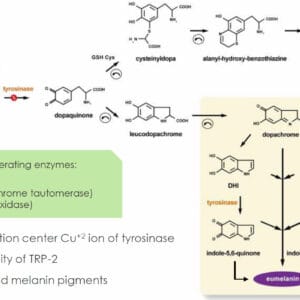Introduction to Neurotechnological Advancements
The intersection of technology and human biology has led to significant advancements in treating neurodegenerative diseases. Companies like Subsense are at the forefront of this movement, aiming to hack the brain and create a seamless interaction between humans and the digital world. As the Subsense CEO emphasizes, the goal is to completely change interaction with the digital world, paving the way for unprecedented synergies between technology and human cognition.
The Challenge of Neurodegenerative Diseases
Neurodegenerative diseases, such as Alzheimer’s and Parkinson’s, affect millions of people worldwide, with statistics indicating that these conditions are on the rise. The economic burden is substantial, with research suggesting that the global cost of dementia alone could exceed $2 trillion by 2030. Current treatments often focus on managing symptoms rather than addressing the underlying causes, highlighting the need for innovative approaches like those being developed by Subsense.
Forging Synergy Between Technology and Human
Subsense’s approach involves developing technologies that can interface directly with the brain, potentially allowing for the treatment of neurodegenerative diseases at their source. This brain-computer interface (BCI) technology has the potential to revolutionize not only the treatment of these diseases but also how we interact with digital devices. By hacking the brain, Subsense aims to create a future where technology enhances human capability without the barriers of traditional interfaces.
Current Research and Developments
Recent studies have shown that BCIs can achieve high accuracy in reading brain signals, with some experiments demonstrating success rates of up to 95% in certain tasks. This technology is not limited to medical applications; it also has the potential to transform how we interact with the digital world, enabling new forms of communication and interaction that are more intuitive and seamless than ever before.
Key Findings and Implications
Some key findings from current research include:
– Improved accuracy in brain signal interpretation
– Enhanced user experience through more intuitive interfaces
– Potential therapeutic applications for neurodegenerative diseases
As I reflect on the implications of this research, it becomes clear that the future of human-technology interaction is not just about advancements in hardware or software but about creating a holistic synergy that enhances human life.
Future Perspectives on Human-Technology Synergy
As we look to the future, the possibilities for human-technology synergy are vast. With companies like Subsense pushing the boundaries of what is possible, we can expect to see significant advancements in the treatment of neurodegenerative diseases and in how we interact with the digital world. The Subsense CEO’s vision of completely changing interaction with the digital world is not just a statement of ambition; it represents a potential paradigm shift in how technology and humanity coexist and enhance each other.
Embracing the Future of Neurotechnology
In embracing this future, we must consider both the potential benefits and the ethical implications. As technology becomes more integrated with our biology, questions about privacy, security, and the human condition will arise. However, with careful consideration and responsible innovation, the future of neurotechnology holds promise for improving lives and enhancing human capability in ways previously unimaginable.
Looking Ahead: A New Era of Synergy
As we stand at the threshold of this new era, it’s clear that the journey ahead will be marked by innovation, discovery, and challenges. But with the vision of companies like Subsense guiding us, we can anticipate a future where technology and humanity are not just coexistent but inextricably linked in a dance of mutual enhancement. This future is not just about hacking the brain or treating diseases; it’s about redefining what it means to be human in a world where technology is an integral part of our existence.














